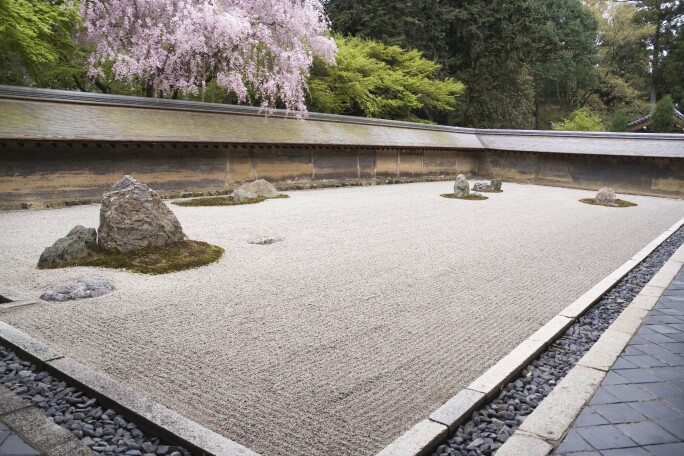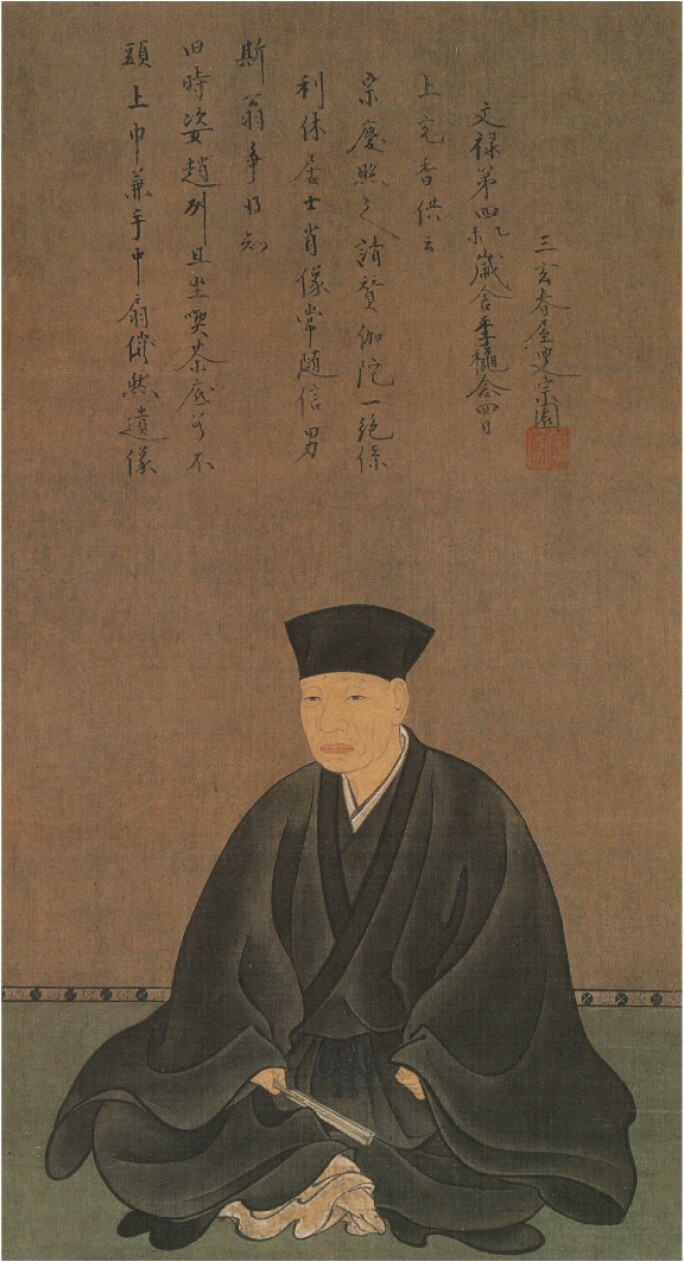F or centuries, Japanese artisans and artists have looked to the four seasons of the year for inspiration, whether it is for paintings, pottery or poetry. Winter may be depicted by including snow, while seasonal plants and flowers allude to spring and summer, and autumn is represented by migrating geese. Oftentimes, all four seasons are conveyed in a single painting or object – a key characteristic of Japanese art.
While there is no doubt that the beauty of each of the four seasons provides plenty of inspiration – who doesn’t love the look of a landscape covered with a light layer of powdery snow or the autumnal tableau of golden brown, auburn and yellow hues? But the strong presence of the four seasons in Japanese culture and aesthetics is rooted in something deeper and more meaningful, as it was based on the beliefs of Shinto and Buddhism – the two main religions practiced in Japan.
Each season, and its effects on the landscape and people’s daily lives, always ends to make way for the next season. This constant change, the fact that nothing is permanent, is a key belief of Buddhism. Nature also has a strong role in Shinto beliefs.
And while no season is permanent, there is consistency in the schedule of the seasons. Spring will always come after winter, summer will always come after spring, autumn will always come after summer and so on. This interplay was permanence and impermanence was influenced by both Shinto and Buddhism and is the foundation for some concepts of Japanese aesthetics.
This interplay can be seen at the famous rock garden at Ryōanji Temple in Kyoto, where the display of rocks and sand are surrounded by trees and other greenery that will change according to the seasons, while the rocks and sand remain the same. This combination of something permanent with something impermanent was designed to help Zen Buddhists with their meditation.

Perhaps one of the most well-known Japanese aesthetic around the world is wabi-sabi, and wabi-sabi is all about finding beauty in imperfection and in appreciating something that will not last. Architect Leonard Koren writes in the introduction to his book Wabi-Sabi: for Artists, Designers, Poets & Philosophers (2008, Imperfect Publishing): “Wabi-sabi is the beauty of things imperfect, impermanent, and incomplete.”

Wabi-sabi can be found, in subtle form, in anything from paintings to teapots and it is believed that wabi-sabi came from a Zen monk called Sen no Rikyu, who lived in the 16th century. Rikyū is also credited for creating the Japanese tea ceremony, in the way it is practiced today, and before he became one of the most venerated tea masters in Japanese history, he was a young monk who sought knowledge from a tea master in his time called Takeeno Jōō.
As a test, Joo assigned Rikyū to maintain a garden and Rikyū did it to perfection. Before he presented his efforts to Joo, Rikyū went to a cherry blossom tree and shook it so that the pristine garden was subsequently covered with cherry blossoms. The random scattering of flowers added a blemish to the well-raked garden but also gave it beauty, and hence the concept of wabi-sabi was born.
“Wabi-sabi represents the exact opposite of the Western ideal of great beauty as something monumental, spectacular, and enduring. Wabi-sabi is not found in nature at moments of bloom or lushness, but at moments of inception or subsiding,” writes Koren in his book.
Another important Japanese aesthetic is yūgen. Yūgen is often described in English as dark, obscure and mysterious. It refers not so much to the beauty of the actual object in front of you, but rather what lies beneath it. Yūgen relies on the imagination of the viewer and plays more on the implication and suggestion of the topic. Traditional Noh theatre, and its emphasis on similes and metaphors rather than the actual story, is a good showcase of the yūgen principle.
When thinking of yūgen in relation to the four seasons, an example will be to appreciate a blossom not by admiring its actual beauty, but to imagine all that it went through because of the different climate conditions brought on by each season, and how it wasn’t always in full bloom and will eventually wilt.
An aesthetic that is the polar opposite of wabi-sabi and yūgen, but also has roots in the idea of impermanence, is miyabi, which is often translated into English as elegance, refinement and courtliness. Miyabi is also linked to Mono-no-aware, which harks back to impermanence and the bittersweet feelings that can come with it, such as when you are admiring autumn leaves or the cherry blossoms.
Both are beautiful but will only last for a few weeks – while you are soaking in the beauty, there is also the sad realisation that it will be gone soon.
And yet, with this relationship between impermanence and permanence that is championed by various Japanese aesthetics, there is also comfort in knowing that the cherry blossoms and autumn leaves will make another appearance, however fleeting, next year.
Special thank you to 汴京茶寮 Tealosophy Hong Kong and East_c.florist for the generous support for our themed photoshoot demonstrating the aesthetics of the four seasons as seen in the set of four photos above.



